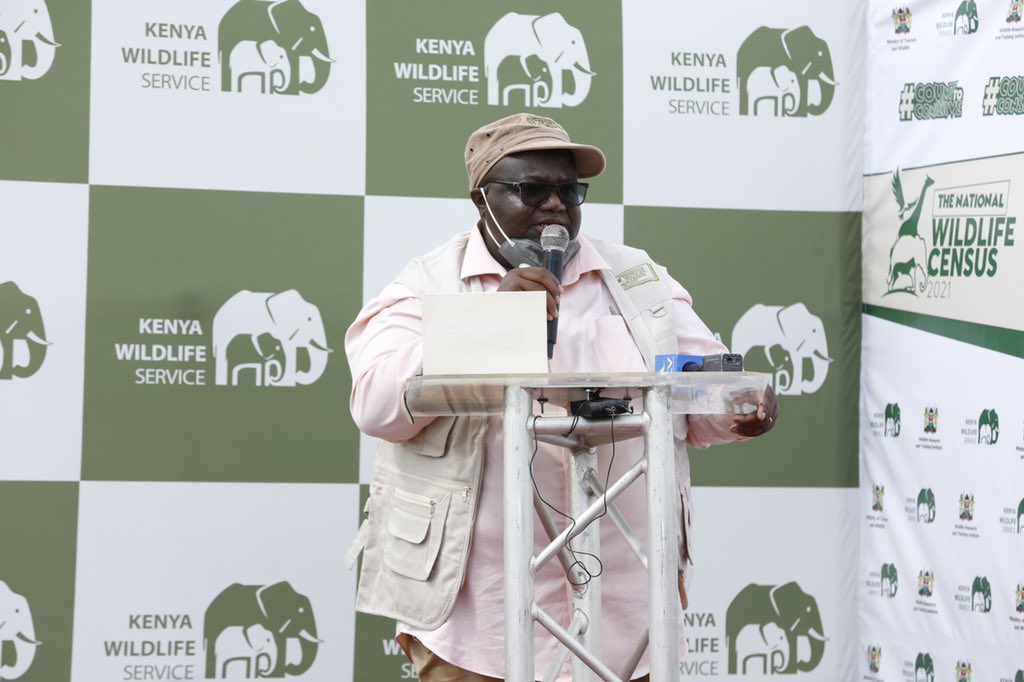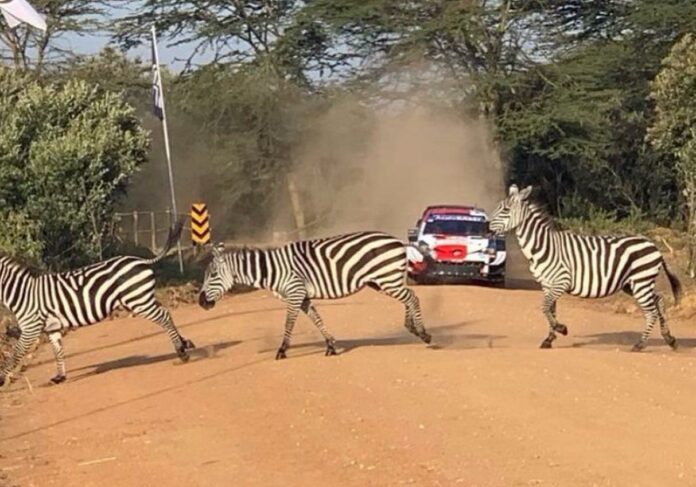It is still a marvel and great news that no animal was harmed during the recently concluded WRC Safari Rally. From the time the news broke that Kenya would be hosting the championship in 2021 in the Hellgate Wildlife Reserve area, it drew serious concern from the media, wildlife conservationists, and the general Kenyan public.
Wildlife a major contributor to Kenya’s tourism industry brings in foreign exchange of approximately $1.61 Bn according to the 2019 government macroeconomic report. Risking racing in a wildlife reserve area was seen as a been challenge to the industry that had already battled the averse COVID-19 pandemic impact.
Unlike the previous hosting countries, Kenya is blessed with wildlife and the racing track was the best fit in a wildlife reserve area. Kenya’s Capital Nairobi is the only city in the world that has a National Park. This alone says alot about the position of wildlife in the country.

Steps taken to ensure no animal was harmed.

In a post Rally media briefing the KWRTI principal Director, Dr. Patrick Omondi described all the measures taken before, during, and after the rally to ensure that no animal was harmed or killed during the championship that took place from the 24th to the 27th June 2021.
” We did a pre-survey of the routes, took all the mitigation measures mapped out all the animal routes, crossing areas, and distribution pattern to ensure that no animal was injured before and during the Rally. I’m happy to report that no animal was injured as most had anticipated. Animals are also intelligent they will always avoid where human risk is high,” Dr. Omondi said.
“We made a decision to manipulate this habitat. Where we had opened, we planted grass, the grass that was not there before. Most of the bushes you see are invasive species like at the helipad, we planted palatable grass which the animals are enjoying.”
A big proportion of the WRC Safari Rally route was located in a wilderness environment where wildlife conservation, tourism and livestock production are the main forms of land use. The routes covered Kedong, Oserengon, Loldia, Malewa, Soysambu, Longonot National Park and Hellsgate National Park with the Rally Service Park at KWSTI. Prior to the event a baseline environment survey of the entire rally route was undertaken including an environmental impact assessment of the service park before it was established. All significant environmental impacts of the rally were identified with a team of scientists from WRTI and WRC Safari Rally. Aspects considered included Wildlife safety; Waste management; Spectators safety; Sanitation; Fire and Carbon emission.
Adequate safeguard measures were put in place for each of these aspects and implementation put in place during the actual event. Wildlife safety: Before the event KWS, WRTI and WRC scientists did a route sensitivity mapping to understand the wildlife risks based on vegetation cover along the routes and the species present and their distribution. In every 5 km at least 50 safety marshals were deployed to ensure safety of the Wildlife, spectators, and rally drivers. Advance road clearance vehicle cleared the way and ensured no wildlife was at risk before and during the rally. According to KWS Director General, Brig (Rtd) John Waweru, the measures put in place ensured no wildlife related incident was recorded in the entire rally route.









